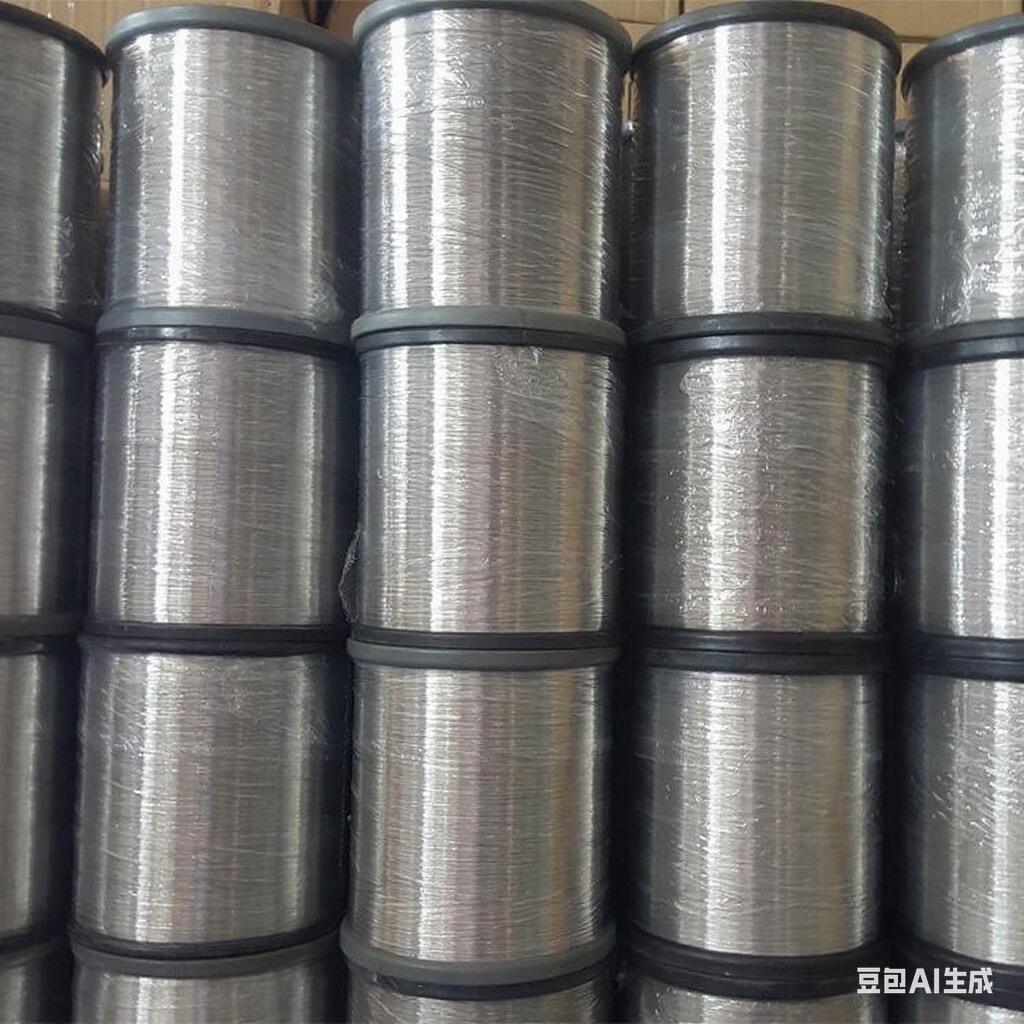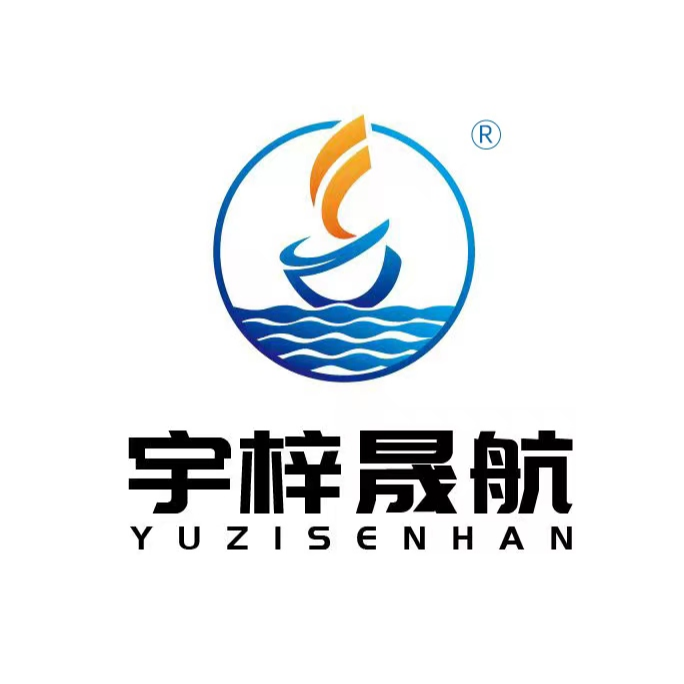Understanding the Evolution of Modern Cable Materials
The cable manufacturing industry has witnessed remarkable transformations over the decades, with aluminum plastic composite emerging as a revolutionary material that combines durability, cost-effectiveness, and superior performance. This innovative composite material represents a significant leap forward from traditional cable materials, offering a perfect balance of mechanical strength and electrical conductivity while maintaining economic viability for large-scale applications.
Core Benefits of Advanced Composite Cable Solutions
Enhanced Electrical Performance and Conductivity
Aluminum plastic composite cables demonstrate exceptional electrical properties that make them increasingly popular in both residential and industrial applications. The unique composition allows for optimal current flow while minimizing power losses across long distances. The carefully engineered structure of aluminum plastic composite ensures consistent performance under varying environmental conditions, maintaining signal integrity even in challenging installations.
The composite nature of these cables creates an ideal balance between conductivity and insulation. The aluminum core provides excellent electrical transmission capabilities, while the plastic component offers superior insulation properties. This combination results in reduced electromagnetic interference and better overall system reliability.
Superior Mechanical Strength and Durability
One of the most compelling advantages of aluminum plastic composite in cable applications is its remarkable mechanical strength. The material exhibits excellent resistance to physical stress, making it particularly suitable for installations where cables must withstand significant mechanical loads. The composite structure provides enhanced flexibility without compromising structural integrity, allowing for easier installation in tight spaces and around corners.
Weather resistance is another crucial aspect where aluminum plastic composite excels. The material maintains its properties across a wide temperature range and shows exceptional resistance to UV radiation, moisture, and chemical exposure. This durability translates to longer service life and reduced maintenance requirements, making it a cost-effective choice for long-term installations.

Environmental and Economic Implications
Sustainable Manufacturing and Recycling Benefits
The production of aluminum plastic composite cables aligns well with modern sustainability goals. The manufacturing process requires less energy compared to traditional cable materials, resulting in a smaller carbon footprint. Additionally, the composite nature of the material allows for efficient recycling at the end of its service life, supporting circular economy initiatives in the cable industry.
These environmental benefits extend beyond manufacturing. The lighter weight of aluminum plastic composite reduces transportation costs and associated emissions. The material's durability also means fewer replacements over time, further reducing the environmental impact of cable installations.
Cost-Effectiveness and ROI Analysis
When evaluating the financial aspects of cable materials, aluminum plastic composite presents a compelling case. While the initial investment might be comparable to traditional options, the total cost of ownership tells a different story. The extended lifespan, reduced maintenance requirements, and superior performance characteristics result in significant long-term savings.
Installation costs are also notably lower due to the material's lighter weight and improved handling characteristics. The reduced labor requirements and faster installation times contribute to overall project cost savings. Furthermore, the stability of aluminum prices compared to copper provides better cost predictability for long-term projects.
Installation and Performance Considerations
Advanced Installation Techniques
Installing aluminum plastic composite cables requires specific expertise to maximize their benefits. The material's unique properties allow for innovative installation methods that can significantly reduce deployment time and complexity. Proper handling techniques ensure optimal performance and prevent potential issues during the installation process.
Professional installers particularly appreciate the reduced pulling tension required for aluminum plastic composite cables. This characteristic not only speeds up installation but also minimizes the risk of damage during the process. The material's flexibility enables easier routing through complex pathways while maintaining necessary spacing and bend radius requirements.
Performance Monitoring and Maintenance
Modern cable installations benefit from comprehensive monitoring systems that can track performance metrics in real-time. Aluminum plastic composite cables integrate seamlessly with these monitoring solutions, providing accurate data on temperature, load conditions, and overall system health. This capability enables proactive maintenance strategies and helps prevent potential failures before they occur.
Regular maintenance requirements for aluminum plastic composite cables are minimal compared to traditional materials. The composite structure resists corrosion and degradation, reducing the need for frequent inspections and repairs. When maintenance is necessary, the material's properties make it easier to identify and address potential issues.
Future Trends and Industry Applications
Emerging Technologies and Innovations
The cable industry continues to evolve, with aluminum plastic composite at the forefront of innovation. Research and development efforts focus on enhancing the material's properties further, exploring new compositions and manufacturing techniques. These advancements promise even better performance characteristics and broader application possibilities in the future.
Smart grid technologies and renewable energy systems particularly benefit from the advantages of aluminum plastic composite cables. The material's properties align well with the demands of modern power distribution networks, supporting higher efficiency and reliability in these critical applications.
Expanding Applications Across Industries
The versatility of aluminum plastic composite makes it suitable for diverse industrial applications. From telecommunications to renewable energy installations, the material's benefits address specific challenges in different sectors. The automotive and aerospace industries are also exploring innovative uses for this versatile material in their specialized applications.
As industrial automation continues to advance, the demand for reliable and high-performance cabling solutions grows. Aluminum plastic composite meets these requirements while offering additional advantages in terms of installation flexibility and long-term reliability.
Frequently Asked Questions
How does aluminum plastic composite compare to traditional copper cables?
Aluminum plastic composite offers comparable electrical performance to copper while providing additional benefits such as lighter weight, better corrosion resistance, and more stable pricing. The material's composite structure also ensures better mechanical properties and longer service life in most applications.
What are the temperature limitations for aluminum plastic composite cables?
These cables typically operate effectively across a wide temperature range, from -40°C to +90°C, depending on the specific composition and application requirements. The material maintains its mechanical and electrical properties consistently throughout this range.
Are special tools required for installing aluminum plastic composite cables?
While standard cable installation tools can be used, specialized tools designed for aluminum plastic composite can optimize installation efficiency and ensure proper handling. These tools are readily available and can significantly improve installation quality and speed.





